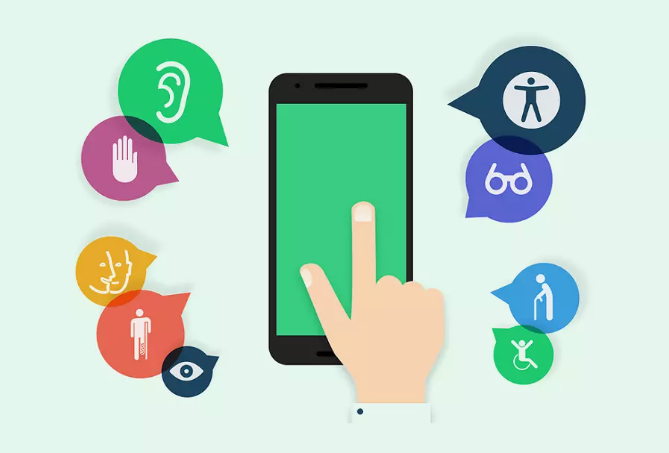
In recent years, mobile technology has transformed how we interact with the world, but for many users, accessibility has remained a crucial yet often overlooked aspect of this evolution. As the leading operating system for smartphones, Android has taken significant strides in making its platform more inclusive. This article explores the journey of mobile accessibility within Android, highlighting key developments, features, and the ongoing commitment to empowering all users.
A Historical Perspective
The journey of Android’s accessibility features began with the introduction of Android 1.6 (Donut) in 2009, which included basic accessibility options like TalkBack, a screen reader that provides spoken feedback for visually impaired users. This was a significant step forward, but it was just the beginning. As Android evolved, so did its commitment to accessibility, responding to the diverse needs of its users.
Key Features of Accessibility
1. TalkBack and Enhanced Screen Readers
One of the most significant advancements in Android’s accessibility features is the continuous improvement of TalkBack. Over the years, it has evolved from a basic screen reader to a sophisticated tool that allows visually impaired users to navigate their devices with ease. The introduction of features like gesture support, braille display compatibility, and voice commands has made it more intuitive and user-friendly.
2. Voice Access
Launched in 2019, Voice Access enables users to control their devices entirely through voice commands. This feature is a game-changer for those with mobility impairments, allowing them to interact with apps, compose messages, and navigate their devices without physical touch. As voice recognition technology has advanced, so has the effectiveness of this tool, ensuring that users can rely on their voices to access information and services.
3. Accessibility Menu
The Accessibility Menu provides a simple way for users with motor impairments to access essential functions without requiring fine motor skills. This feature offers large, easily navigable icons for various tasks, such as adjusting volume, taking screenshots, and navigating back to the home screen. The introduction of customizable menus has further empowered users to tailor their devices to meet their specific needs.
4. Live Transcribe and Captioning
Android has also made significant strides in making communication accessible for the deaf and hard-of-hearing community. Live Transcribe, introduced in 2019, uses real-time speech recognition to convert spoken words into text, allowing users to follow conversations effortlessly. Additionally, improved captioning features have been integrated across the platform, ensuring that media content is accessible to everyone.
5. Color Correction and Magnification
Recognizing the diverse range of visual impairments, Android has implemented features such as color correction and magnification. These tools allow users to adjust color settings for various forms of color blindness and zoom in on specific parts of their screen, enhancing visibility and usability.
Community Involvement and Feedback
A key element of Android’s evolution in accessibility is the active involvement of the community. Google regularly seeks feedback from users with disabilities to inform updates and new features. This collaborative approach ensures that the platform continues to evolve in ways that genuinely meet the needs of its users, making technology more inclusive for everyone.
Looking Ahead: The Future of Accessibility in Android
As we look to the future, the commitment to accessibility within the Android ecosystem is set to expand even further. With advancements in artificial intelligence and machine learning, we can anticipate more personalized and context-aware accessibility features that adapt to individual user needs. Additionally, as 5G technology becomes more widespread, the potential for real-time accessibility enhancements, such as live sign language interpretation, will open new avenues for communication and interaction.
Conclusion
The evolution of mobile accessibility in Android reflects a broader commitment to inclusivity in technology. From the early days of TalkBack to the innovative features of today, Android has continually adapted to empower users of all abilities. As we move forward, it is essential to remain focused on user feedback and emerging technologies to ensure that accessibility remains at the forefront of mobile development. By prioritizing inclusivity, Android is not just transforming devices but also enhancing the lives of millions around the globe.




